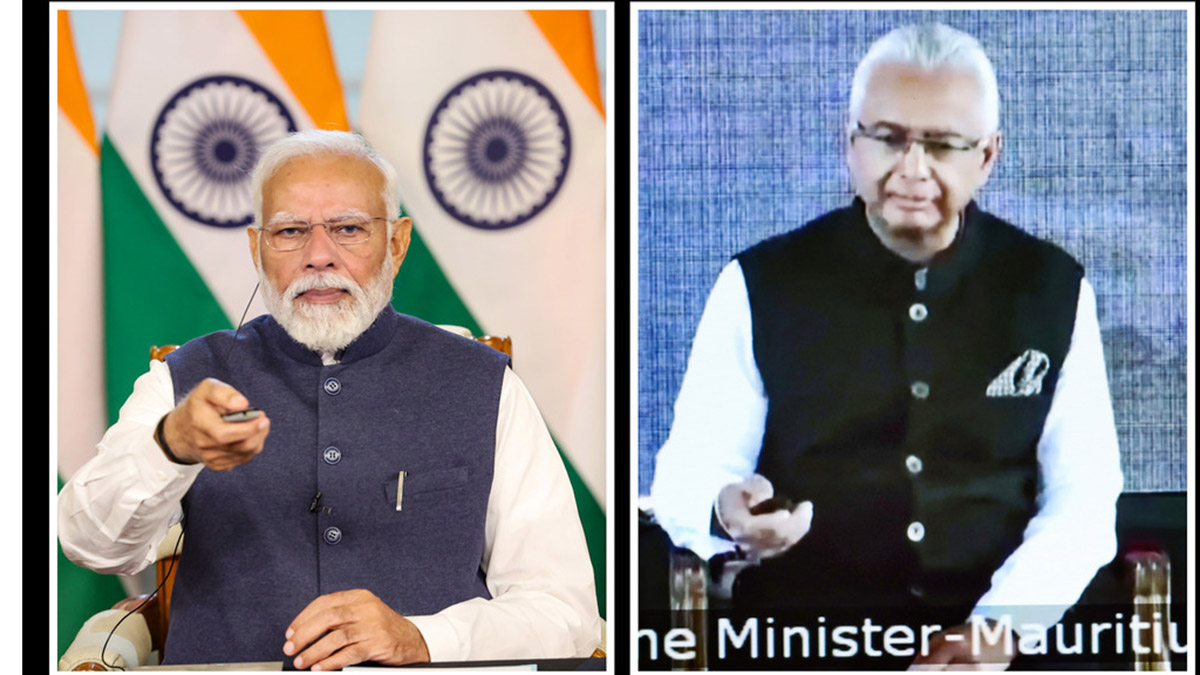The popular Hindi proverb akela chana bhaad nahi phod sakta (transliterated in English as ‘a lone soldier cannot win a war’, or ‘one swallow does not make summer’) is oft-quoted in routine conversation, when people talk about how difficult it is for one individual to change things.
Be it corruption in government system, a non-responsive establishment or the establishment’s strong urge to maintain status quo, this proverb is normally quoted to indicate that solitary effort is as good as futile in terms of challenge.
In the aftermath of Bharatiya Janata Party’s (BJP) massive win in the recent Assembly election in Uttar Pradesh, all other political parties are slowly coming to realise that their solo efforts to challenge the monolith, that the BJP has turned into, are akin to the attempts of a single grain of chana (gram) to shatter the furnace in which it is roasted.
After initial grumblings at the factors which these major parties thought led to their rout, they are now resorting to a favourite pastime among out-of-power parties in Uttar Pradesh – form a grand alliance to defeat the single biggest party in power.
Till 2013, the efforts of such parties was directed against the Congress, especially after the surprising victory of the Congress-led United Progressive Alliance (UPA) in the 2009 Lok Sabha election. But after the BJP’s big win in the 2014 General Election, the parties have found a common enemy in the BJP.
And it is no surprise that all such initiatives have their roots in UP. In the last nine years (since 2008, to be precise), attempts have been made under the leadership of either the Samajwadi Party (SP) or the Bahujan Samaj Party (BSP) to project their leaders – then Mulayam Singh Yadav and Mayawati, respectively – as leaders of national stature, who could lead a united front of opposition and Left parties to defeat the UPA.
Mulayam and Mayawati have hosted a number of dinner or lunch meetings in Delhi to discuss such grand alliances, which could project a non-Congress front led by either of them as prime minister. Significantly, the BJP or the Congress never used to be a part of such confabulations. The parties which usually participated in these meetings were Trinamool Congress, Janata Dal (United), Rashtriya Janata Dal, Janata Dal (Secular), Telugu Desam, Communist Party of India, Communist Party of India (Marxist) and some others.
Since then, both SP and BSP have considered themselves as being capable enough alone to challenge and uproot any big party from power. And, if by any chance either party cannot achieve this, then this is bound to happen if they come together – or this is what enthrals politicians and political observers alike.
A half-step towards realising the coalition politics in Uttar Pradesh was taken prior to the recent election, when SP joined hands with the Congress and forged an alliance that gave far more seats to the Congress than the party had won in state elections in the last 27 years. As a result, the tally of both parties fell to a new low.
Since then, gestures are being made to include Mayawati’s BSP into the fold that already has SP and Congress in it. The SP initiated the coalition talk and the Congress and BSP have made accommodating noises. Those propagating this grand coalition as a sure-shot way to stop the BJP, refer to the arithmetic of vote share in the 2014 and 2017 election.
It is argued that the BJP’s vote share has changed only marginally, while the SP and BSP have almost retained their share. Therefore, if the SP, BSP and the Congress join hands, their combined vote share will be much higher than that of the BJP and therefore the BJP will be left biting the dust.
The vote share or percentage formula appears very convincing as a piece of statistics, but then experience shows that voting takes place on emotive and social issues rather than on statistics.
Voters’ loyalty changes, and so does the candidates’ profile. In many constituencies where the BJP stood second or third in 2012, the party has made past the winning post in 2017.
A wave, an undercurrent or a personality can sway an election in far more convincing manner than the vote share of the party that stood second in terms of vote share in the previous election.
SP founder Mulayam has been quick to oppose son Akhilesh’s attempts to build a grand alliance, saying that the SP alone is capable of meeting the challenge of the BJP. Even if he does not clearly give out the reasons for believing this, the coalition initiative does not have answers to the complicated caste and community equations in the state.
Having Rahul Gandhi, Akhilesh Yadav and Mayawati in one coalition may send conflicting signals to OBCs, Dalits, Muslims and other Hindu sections. It also does not clearly spell out who will lead the proposed coalition.
Or is it that SP has decided this issue with Akhilesh leading the SP-Congress coalition, and expects BSP to accept it? In this context, is there a hidden significance behind the elevation of Anand Kumar in the BSP hierarchy?
The coalition debate is sure to rage on in the coming months, for the SP, BSP and Congress have been pushed to the margins of the political scenario in Uttar Pradesh, and this debate gives them a reason to remain relevant.


)




)
)
)
)
)
)
)
)